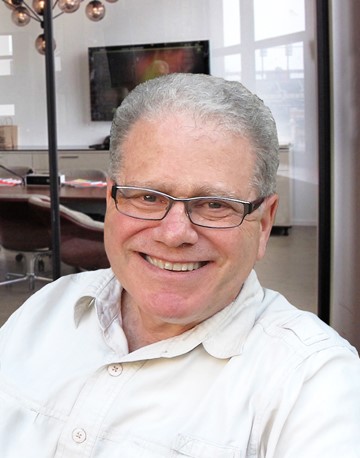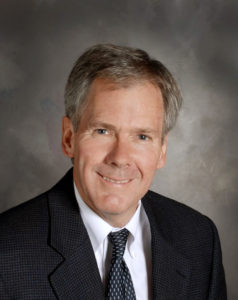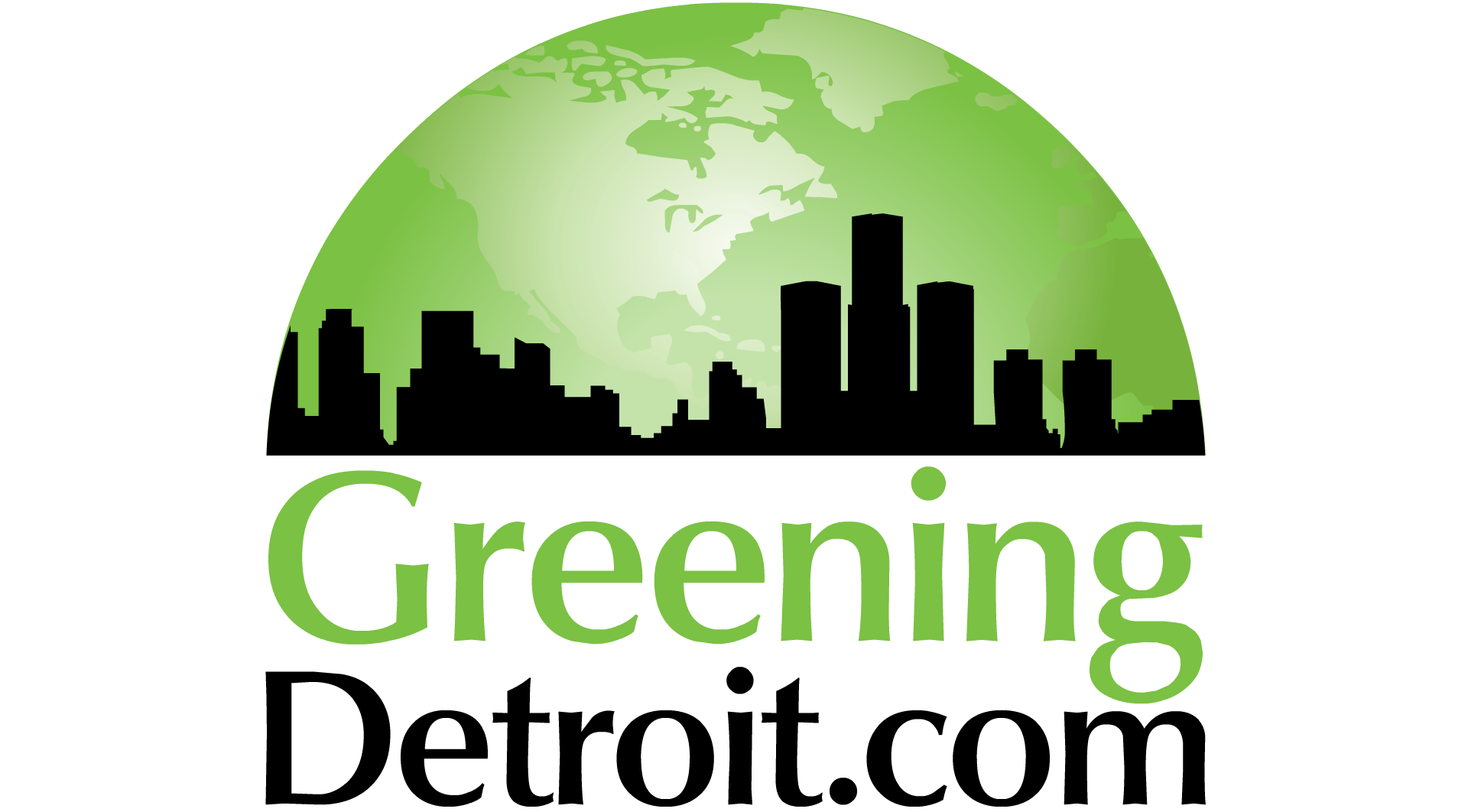Utilities and Public Interest Groups Announce Breakthrough

After being left behind in the dust by dozens of other states in respect to clean energy policy, Michigan has stepped up to a leadership position with a progressive new energy policy without the use of ballot proposals or legislative action.
In a voluntary agreement with public interest groups, led by the Clean Energy, Healthy Michigan (CEHM) committee, Michigan’s two largest utilities jointly announced on May 18, 2018, that they are “targeting at least a 50 percent Clean Energy Goal by 2030“. The specifics of the initiative will be included in their upcoming Integrated Resource Plans, which the utilities are required to present to the Michigan Public Service Commission. The utilities say they will reach most of the goal through energy efficiency initiatives, but at least 25% of the result will come directly from renewable energy.
The agreement will represent a substantial increase in the use of clean energy in Michigan. As a result, Clean Energy, Healthy Michigan will not submit the more than 350,000 signatures they have collected in support of placing a clean energy initiative on the ballot in November. The decision by the utilities to collaborate with CEHM and other public interest groups highlight the strength of energy-issue ballot initiatives, which have recently seen success in Florida, Arizona and Nevada.
“Michigan wants clean energy and we saw bi-partisan support across the state from the moment we started this campaign,” said John Freeman, the campaign manager for the Clean Energy, Healthy Michigan ballot initiative. “We look forward to working with Michigan’s energy companies and leaders across the state to continue to push for more progress on this issue and working for a healthy, prosperous future for Michigan families.” Meanwhile, both energy companies have already announced plans to reduce carbon emissions 80 percent — by 2040 for Consumers Energy and by 2050 for DTE — as they continue to move away from coal.
Tom Steyer, a hedge fund manager and environmental activist, has funded more than $1.8 million in direct and in-kind contributions into the CEHM ballot initiative, that would require 30% of Michigan utilities’ electricity sales to come from renewable sources by 2030. “We appreciate that Tom Steyer and the sponsors of Clean Energy, Healthy Michigan have taken the time to understand our commitment to carbon reduction and how Michigan’s energy plan puts the tools in place to achieve this goal in a thoughtful and affordable manner,” DTE Energy Chairman and CEO Gerry Anderson and Consumers Energy CEO Patti Poppe, said in their joint press release. Both companies “are overwhelmingly in favor of renewable energy and are focused on bringing additional energy efficiency opportunities to our customers.”
Earlier this year, DTE proposed doubling the utility’s renewable capacity by 2022, largely through the addition of large scale wind resources. The utility says its plan would drive $1.7 billion in investment and grow its renewable energy capacity from 1 GW to 2 GW. DTE is working to cut carbon emissions by more than 80% by 2050. Consumers is targeting that same reduction by 2040.
On another note, The Michigan Public Service Commission last month gave final approval for DTE to build a $1 billion natural-gas-fired plant in St. Clair County, which will help replace power from a string of coal-fired plants the company plans to retire.
At last count, 29 states have renewable energy portfolio standards, according to the National Conference of State Legislatures, including some that remain much more aggressive than Michigan’s. Hawaii will require 100 percent renewable energy by 2045, and Vermont 75 percent by 2032. California and New York laws both require 50 percent renewables by 2030, while Oregon requires 50 percent by 2040. In another move, California recently announced an initiative to require solar be installed on all new homes starting in 2020.
What this Means for Michigan Contractors
Watch for an upward trend in energy efficiency projects and better cooperation from the utilities when planning for energy efficiency measures in new construction and renovations.

Mr. John Freeman, Campaign Director for the Clean Energy, Healthy Michigan committee.



